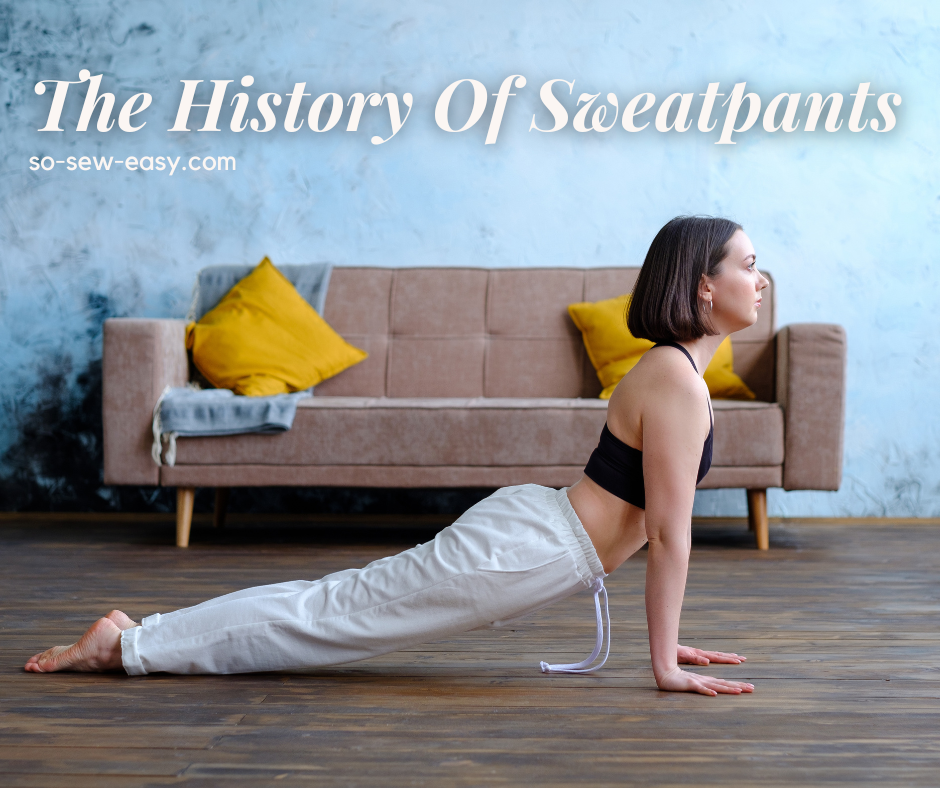
Sweatpants have been a mainstay of casual and streetwear fashion for decades. Originally they were exclusively used by athletes for their warmth, comfort, and mobility, but now are used across society from the casual gym-goer to the professional who works from home. The history of sweatpants is not long, but it reflects some of the more interesting trends in fashion and work that have been evolving in recent decades.
The Early History Of Sweatpants
According to Wikipedia
The first pair of sweatpants was introduced in the 1920s by Émile Camuset, the founder of Le Coq Sportif. These were simple knitted gray jersey pants that allowed athletes to stretch and run comfortably.[2]
The use of a jersey knit fabric in baggy pants was the defining trait of sweatpants. Up until that time jersey was more known for use in underwear, due to its comfortable texture, breathability, and ease of working with. Jersey was originally made of wool, but due to the knits' popularity, it is now commonly woven with cotton or synthetic fibers.


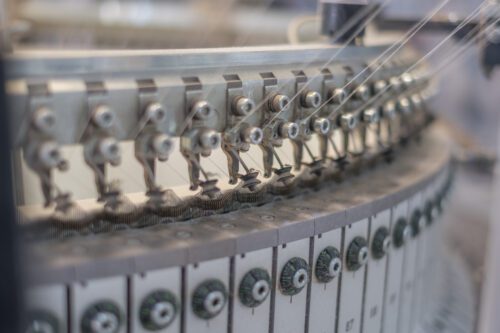



The next decades saw sweatpants become a standard piece of equipment for most athletes. These early sweatpants were usually loose, and baggy fit, which allowed for maximum mobility and comfort. These sweatpants were much heavier and less stretchy than the ones we are used to, as more stretchiness and lightness would only come when synthetic fibers were introduced on mass at a later date.
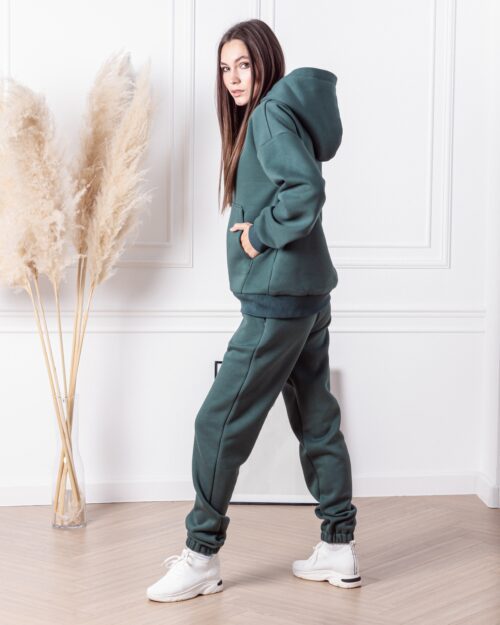

Rise In Popular Fashion
It wasn't until the 1960s and 1970s that sweatpants began to emerge as a popular form of casual wear. As fitness and athletic pursuits became more mainstream, many people began to adopt sweatpants as a form of everyday attire, wearing them not just to work out, but to run errands, relax at home, and more. During this time, sweatpants became associated with youth culture, as they were often worn by students, hippies, and other countercultural groups.
A major leap forward occurred when Addidas introduced their famous tracksuit, which combined sweatpants with a matching track top. The tracksuit not only helped popularize athletic fashion but became one of the most iconic products of the company.


One of the most significant advancements in sweatpants design was the introduction of drawstring waists, which allow for a more customized fit and improved comfort. Today, sweatpants are available in a wide range of styles, from classic baggy cuts to slim, tapered designs.
The evolution of sweatpants design has been driven by a desire for both comfort and style. Over time, sweatpants have become increasingly fitted, with a slimmer cut that allows for a more streamlined look. At the same time, new materials, such as polyester and spandex, have been introduced to provide increased comfort and stretchability.
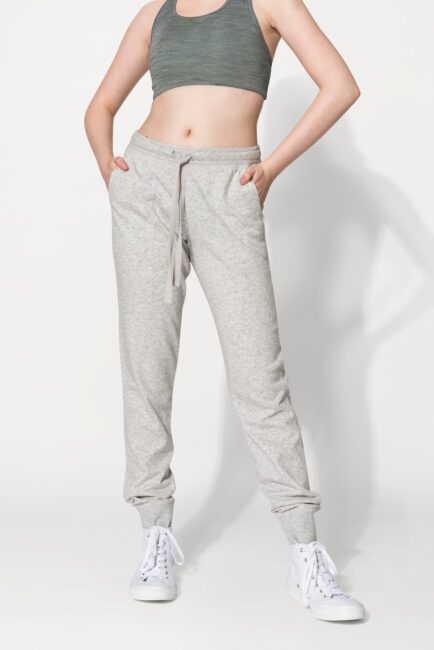

The widespread adoption of sweatpants among college students, and the rise of hip-hop culture are the most important developments in the history of sweatpants. To this day sweatpants are a popular choice on college campuses, and with the continued popularity of hip-hop-inspired streetwear, a common sight in public. Combining youth culture, athletic culture, and hip-hop, you can easily see why sweatpants are such a ubiquitous piece of clothing.
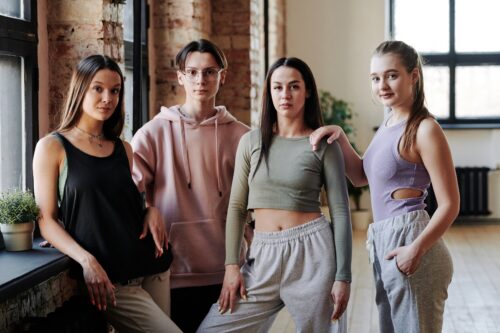

The Future of Sweatpants
Arguably, we may have not even seen the peak of sweatpants as a fashion item. As younger consumers mature, and the spread of remote work continues, there may still be more opportunities to bring sweatpants into a new era. Much like how cargo pants have risen in popularity in popular and high fashion, there is probably still much innovation to be done in styling sweatpants for different, even professional, settings.
If this short history of sweatpants has inspired your creativity, check out our free sweatpants pattern HERE.







